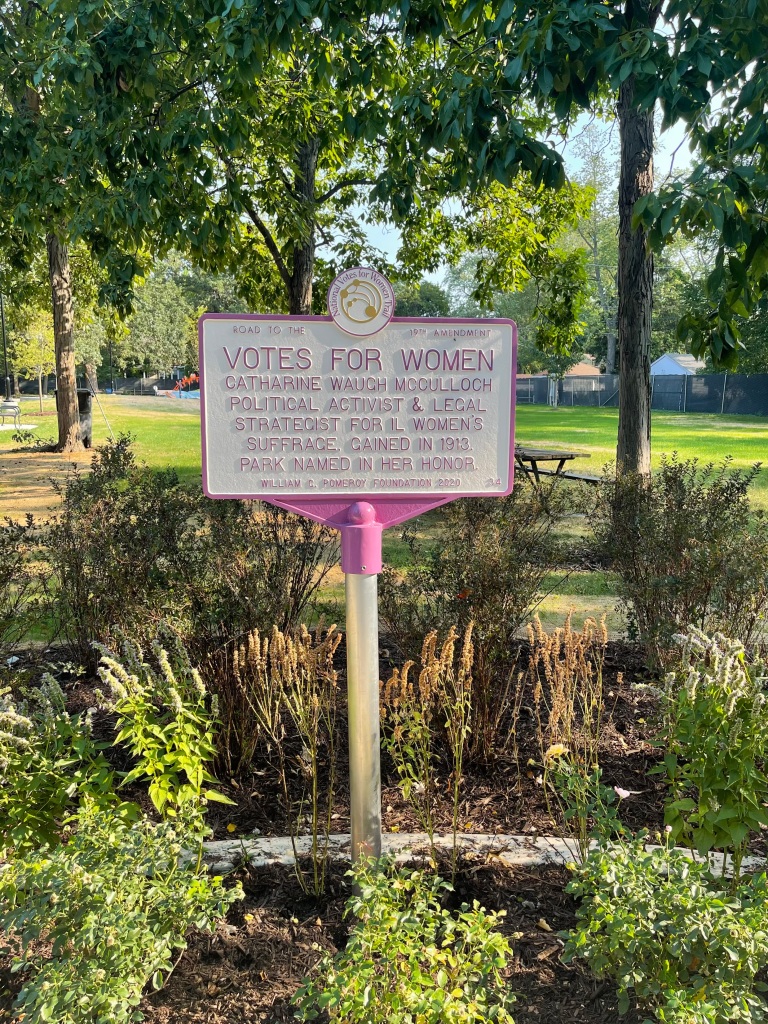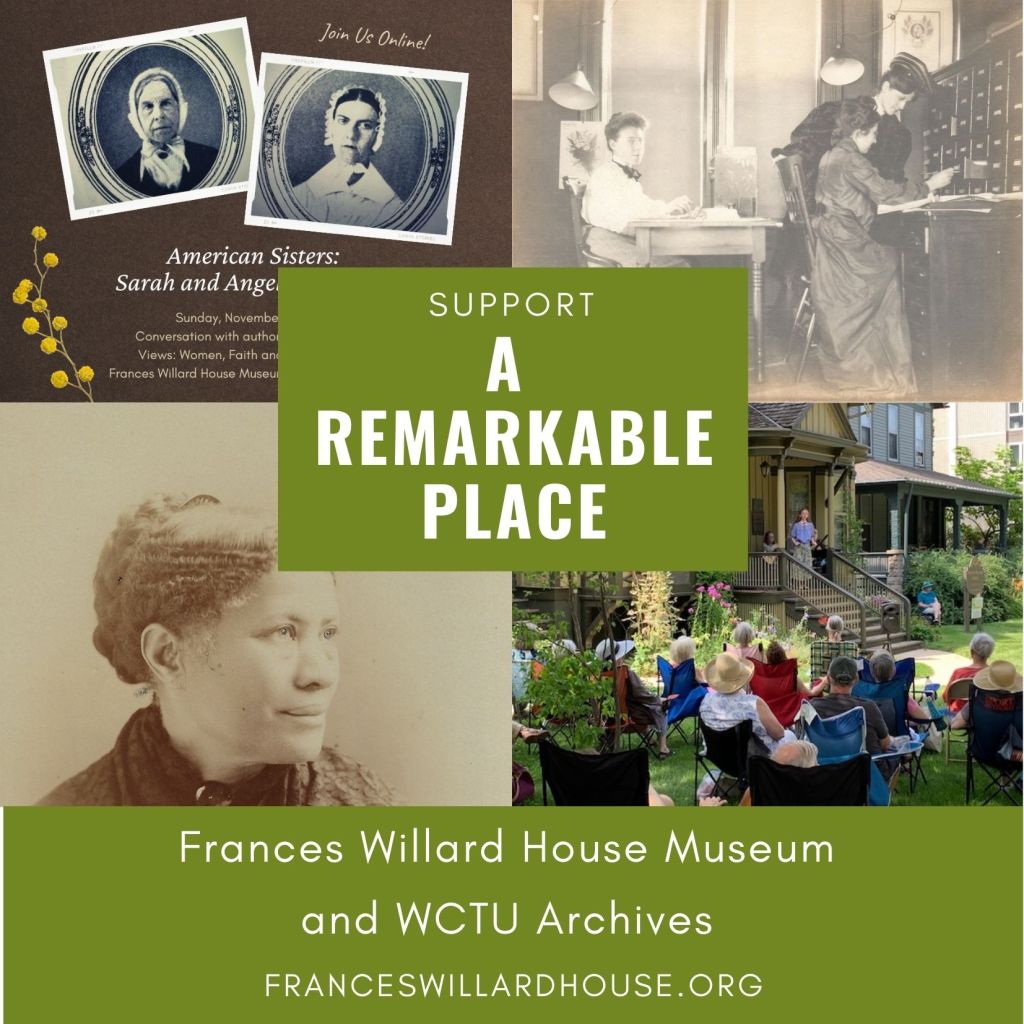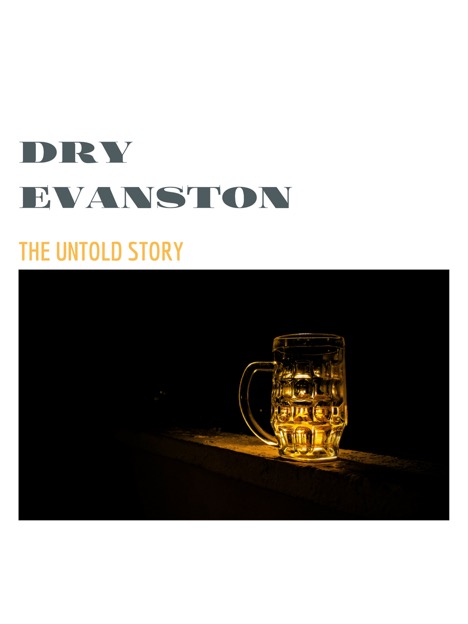2021 ended with several highlights worth noting. Some big projects that lingered from the 2020 Suffrage anniversary were completed, and simply carrying on in the face of a pandemic and other challenges certainly counts as a highlight. Here are just a few things that I’m glad to remember from this past year:
Three historic markers on the Votes for Women Trail were finally installed and dedicated in 2021: in Oak Park – Grace Wilbur Trout; in Chicago – Ida B. Wells and the Alpha Suffrage; and in Evanston – Catharine Waugh McCulloch. Thanks goes to all the community volunteers and the League of Women Voters of Illinois for their dedication to marking significant sites of women’s suffrage activism in Illinois. There are a total of four historic markers in the state with more than 50 additional Illinois sites listed on the Votes for Women Trail.


The installation and dedication of a new mural in downtown Chicago featuring the images of ten Illinois suffragists. On the Wings of Change, created by artist Diosa (Jasmina Cazacu), is located on the south wall of 33 Ida B. Wells Drive building on the Columbia College Chicago campus. It is the first large-scale public history tribute in the city of Chicago to celebrate local suffragists who participated in the decades-long fight for women’s full inclusion in our democracy. It features ten of the movement’s leaders from the Chicago area and a representation of the future of female leadership. The ten women featured are: Jane Addams, Myra Bradwell, Mary Livermore, Catharine Waugh McCulloch, Agnes Nestor, Grace Wilbur Trout, Mary Fitzbutler Waring, Ida B. Wells, Frances Willard, and Fannie Barrier Williams. More about the mural can be found on the WAC website.
Finally, I’m especially proud of a full year of public history work at the Frances Willard House – including online programs, digital exhibits, regular newsletters, and even one onsite event and the resumption of onsite tours! With a small but creative and productive staff, the Willard House and WCTU Archives had one of the best years ever – and lots more of our history was revealed. You can see much of that by visiting the website – franceswillardhouse.org



 Visit the Evanston Women’s History Project
Visit the Evanston Women’s History Project 

 If you want to know more about what I’ve discovered – visit the Evanston History Center on March 8th (for the exhibit open house – 1- 4 p.m.) or in the following months to see Evanston Women and the Fight for the Vote. If you’d like to schedule me to speak I still have some dates open in May and following months – March and April are pretty much booked up. Sharing this mostly unknown story has been a real pleasure as well. (Here’s a
If you want to know more about what I’ve discovered – visit the Evanston History Center on March 8th (for the exhibit open house – 1- 4 p.m.) or in the following months to see Evanston Women and the Fight for the Vote. If you’d like to schedule me to speak I still have some dates open in May and following months – March and April are pretty much booked up. Sharing this mostly unknown story has been a real pleasure as well. (Here’s a  The first is
The first is  The second is a new website I’ve been working on to tell the whole story of the women’s suffrage movement in Illinois.
The second is a new website I’ve been working on to tell the whole story of the women’s suffrage movement in Illinois.  This year there are several things going on connected to the Evanston Women’s History Project at the Evanston History Center – a breakfast celebration of International Women’s Day will happen on Friday, March 8th and on March 19th we will show the wonderful new film about one of my favorite women in Evanston history – Lorraine Morton. I was lucky enough to know Mayor Morton and she was a great supporter of the EWHP. She is very much missed! You can find out more about these events (and see my tribute to Morton) on the EWHP
This year there are several things going on connected to the Evanston Women’s History Project at the Evanston History Center – a breakfast celebration of International Women’s Day will happen on Friday, March 8th and on March 19th we will show the wonderful new film about one of my favorite women in Evanston history – Lorraine Morton. I was lucky enough to know Mayor Morton and she was a great supporter of the EWHP. She is very much missed! You can find out more about these events (and see my tribute to Morton) on the EWHP  On Thursday March 14th the launch of Truth Telling: Frances Willard and Ida B. Wells, a community history project, will take place. Truth Telling is a project of the Frances Willard House Museum and Archives where I serve as Director of the museum. The project includes a digital exhibit of original archival sources, community conversations, and public programs.
On Thursday March 14th the launch of Truth Telling: Frances Willard and Ida B. Wells, a community history project, will take place. Truth Telling is a project of the Frances Willard House Museum and Archives where I serve as Director of the museum. The project includes a digital exhibit of original archival sources, community conversations, and public programs. I have loved doing this research, some conducted here, some in India. It is a fascinating story of how an American woman’s organization imagined its work on a global scale and applied what it learned to advance women’s rights and causes world-wide. The World WCTU was truly the place to be for women in the late 19th and early 20th century – and as I like to say in these scholarly settings – if you are not talking about it and you are doing women’s history during this time period, you are missing a central part of the story. Through the work of other scholars and increasing access to the Willard and WCTU archives here in Evanston, I believe that this story will be more widely known.
I have loved doing this research, some conducted here, some in India. It is a fascinating story of how an American woman’s organization imagined its work on a global scale and applied what it learned to advance women’s rights and causes world-wide. The World WCTU was truly the place to be for women in the late 19th and early 20th century – and as I like to say in these scholarly settings – if you are not talking about it and you are doing women’s history during this time period, you are missing a central part of the story. Through the work of other scholars and increasing access to the Willard and WCTU archives here in Evanston, I believe that this story will be more widely known.
You must be logged in to post a comment.